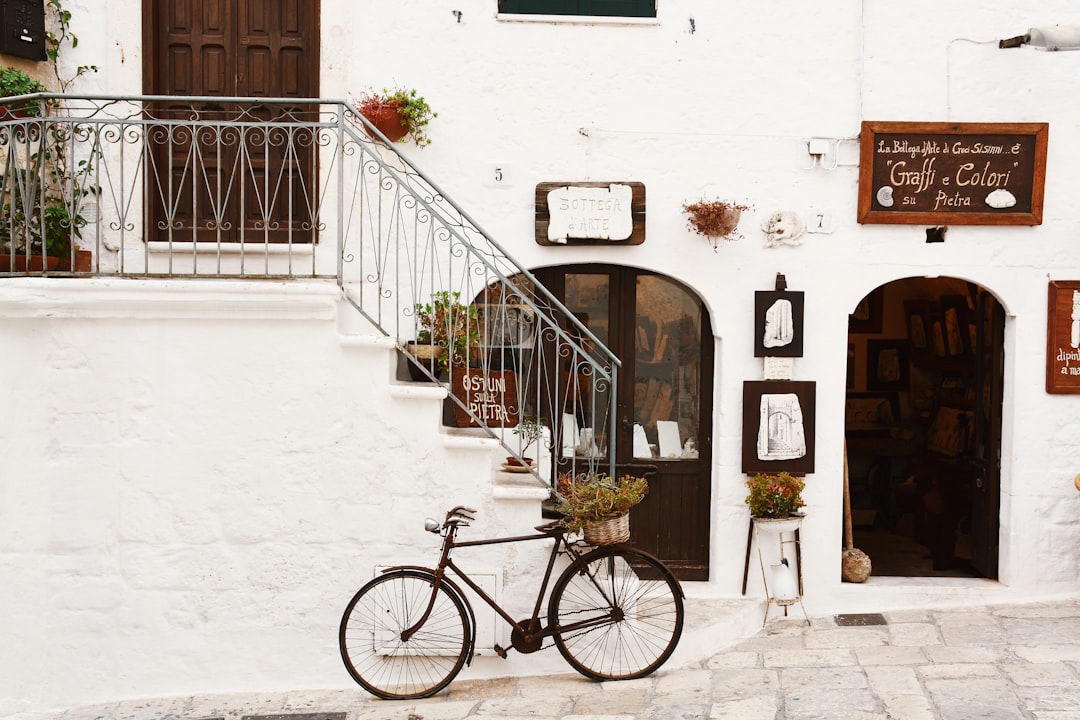What is it about?
In this article we analyse eight motion verbs and their (35) collocations as represented in a corpus about adventure tourism. Additionally, we perform a semantic analysis of these collocations to know which are the semantic roles involved. The results deal with four main aspects: (1) the meanings of the verbs selected, (2) the most recurrent type of collocation, (3) the relation between collocation production and collocation strength, (4) the relation between the collocates and the argument structure of the verbs. All in all, this paper offers accurate information about the phraseological realm of the language of adventure tourism and proves the specialisation of this domain.
Featured Image

Photo by Jason Hogan on Unsplash
Why is it important?
This work is very relevant in the field of specialised languages because it contributes to the characterisation of the language used in adventure tourism.
Perspectives
Writing this article was a real pleasure as it has a co-author that is a top expert on the discourse under analysis. I hope this work can help to demonstrate the relevance of the language used in adventure tourism.
Eva Lucia Jimenez-Navarro
Read the Original
This page is a summary of: Collocations of fictive motion verbs in adventure tourism, Revista Española de Lingüística Aplicada/Spanish Journal of Applied Linguistics, January 2024, John Benjamins,
DOI: 10.1075/resla.21042.jim.
You can read the full text:
Contributors
The following have contributed to this page










